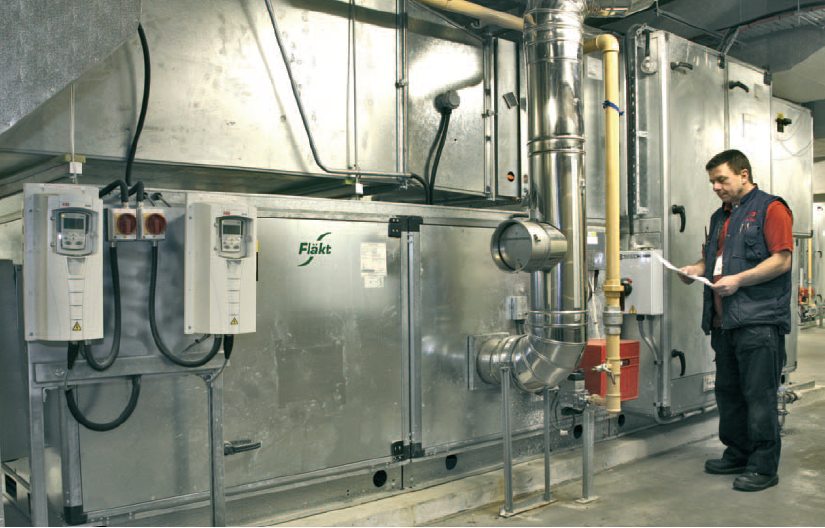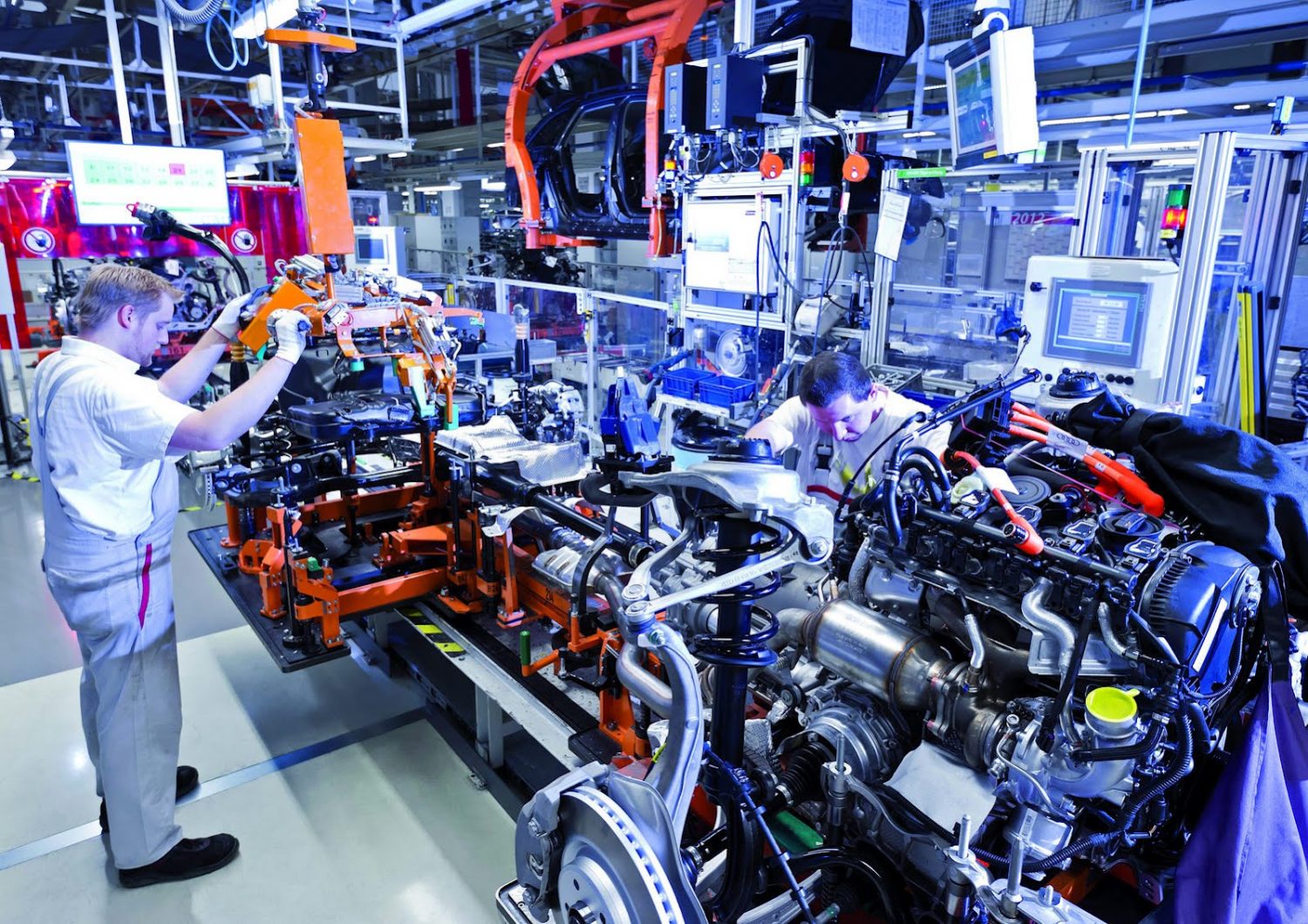ABB Frequency Converter
ABB frequency converter modules are used for electric motor control to reduce energy consumption. ABB frequency converter modules offer plug and play motor control convenience, straight from the box. When you are looking for simplicity and intelligence in a self-contained solution, general purpose ABB frequency converter modules cover your options wisely. Wherever your business needs are, the ABBglobally renowned reliability and service easily matches all aspects of industry requirements.
ABB Frequency Converter Modules For Waste Water Utilities
It is not only water utilities but every major industry thathas a need for water. Water is critical to industry. Water isthe most common heat transfer fluid, cleaning fluid andsolvent – and often forms a significant proportion of thefinal product.Yet water is the most untapped source of financial and energysavings within a plant. The challenge is to use water of theappropriate quality and cost, effectively throughout the wholeproduction process.The responsible and sustainable treatment of water is oneof the most important global issues. The efficient use of water and for the purification ofwaste water, ABB frequency converter modules play a major role in in managing this challenge.
With the help of ABB frequency converter modules, ABB aims to optimizethe water supply, process use and effluent treatment to giveindustry a competitive advantage.ABB frequency converter modulesare used in every phase of water supply andwastewater plants: from the moment water is taken in from thereservoir or river, through the water treatment and pumpingstations, into the distribution system, back into the sewagesystem and, then, as final effluent, returned to the environment.ABB frequency converter modules are used for regulating a variety of pumps, fans andcompressors used for flow and pressure control throughout thewater process. They regulate the processes according to actualdemand, based on inputs from flow meters, pressure transmittersand other sensors. ABBfrequency converter modulesbring many benefits, including large plant efficiency improvements, energy savings and less wear and tear on moving equipment.
ABB Frequency Converter Modules For Food And Beverage Applications
Competitiveness in the food and beverage sector is highlydependent on the efficiency of the entire value chain,with the primary focus being on the performance of theproduction processes. Examples of todays increasingchallenges are high process uptime, permanenttraceability, uncompromising hygiene and unbroken coldchain. Additional requirements include lowering energyconsumption and minimizing maintenance costs. Thisleads to increased demand for ways to boost processcontrol throughout the supply chain.ABB frequency converter modules bring superior process control, savings in energyconsumption as well as in operational and maintenance costs. ABB frequency converter modules can help offset the squeeze on profitscaused by changes in buying behavior and increased qualitydemands, whether in processing, packing, transportation orstorage.Recent years have seen a dramatic increase in the level ofautomation and, in particular, the use of low voltage frequency converters.Automation leads to less errors in production, while optimizingprocesses and making them easier and faster.
For more information about ABB frequency converter modules, visit the ABB Website. For ABB frequency converter repair and replacement quotes, contact Precision Electric.








